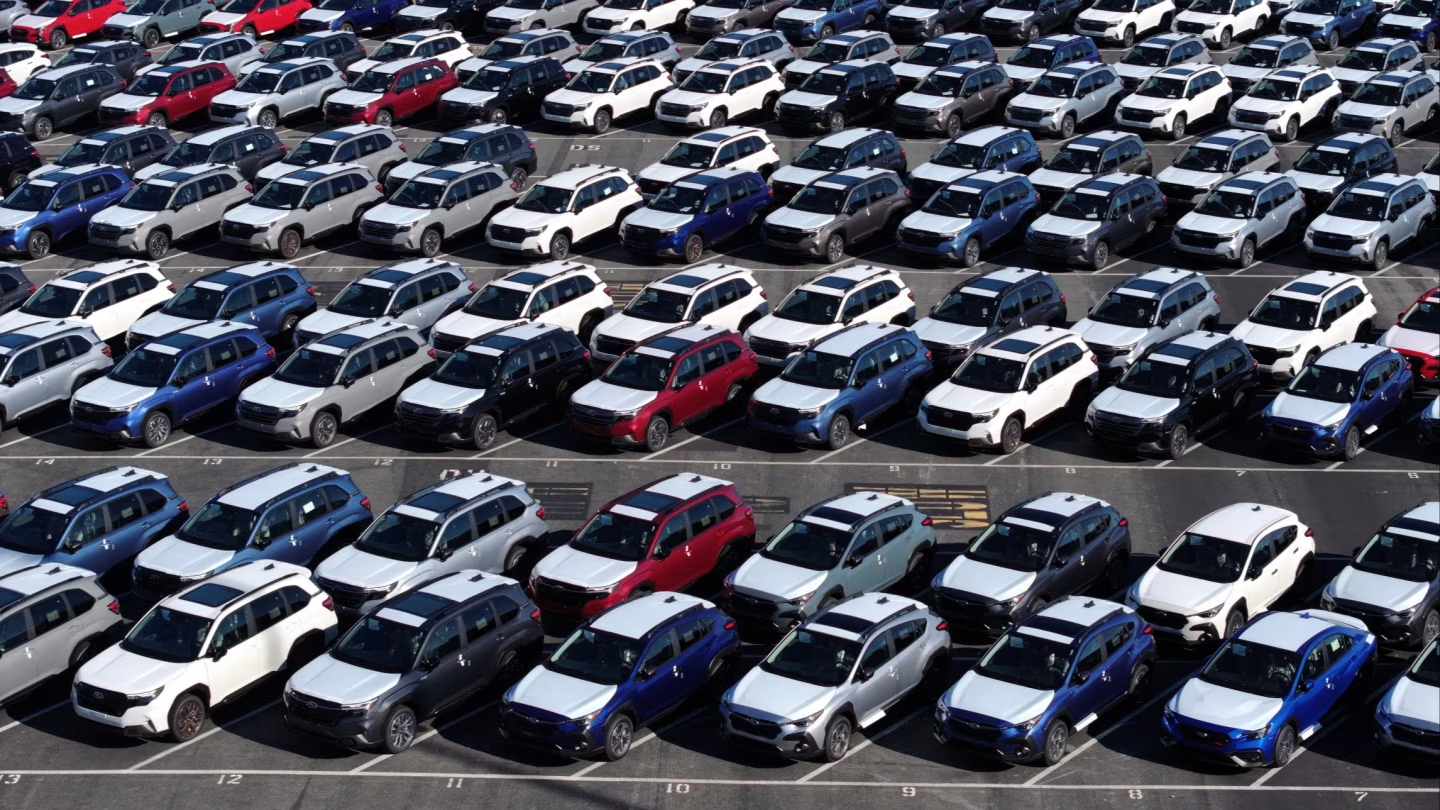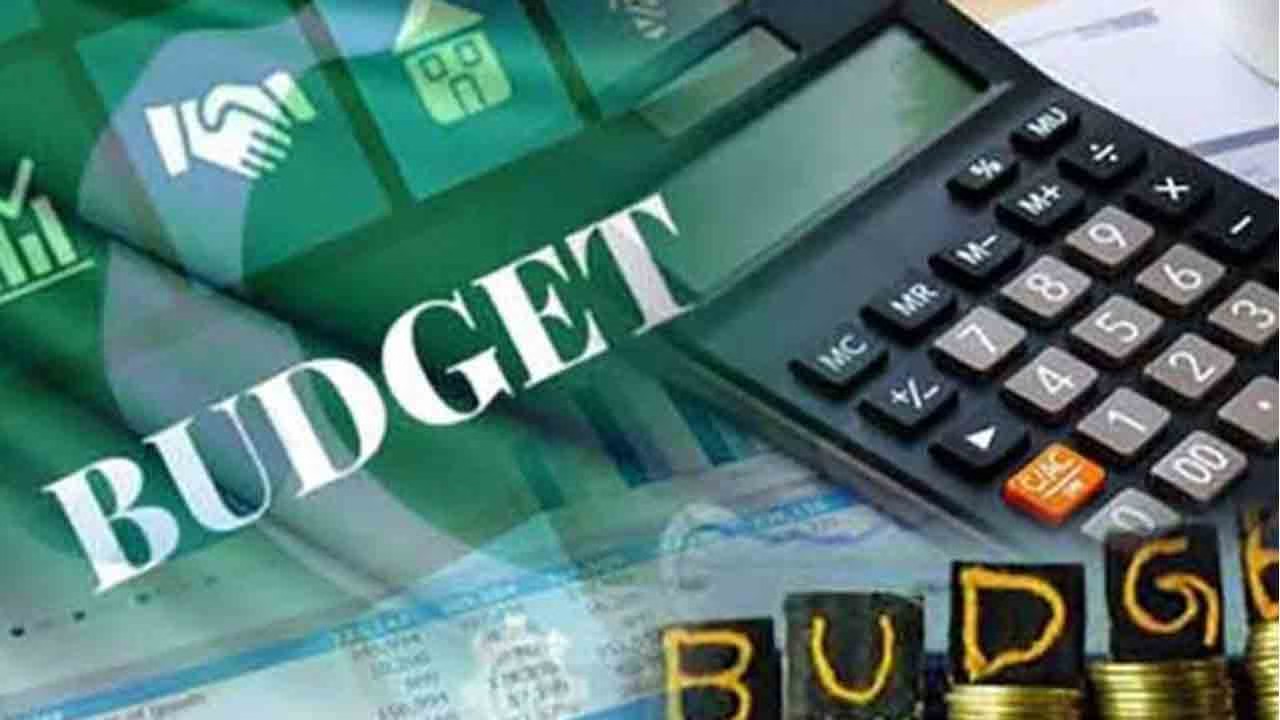On the eve of his 100th day back in office, U.S. President Donald Trump signed two executive orders designed to ease the pressure of his controversial 25% auto tariffs — a move aimed at placating both American automakers and foreign partners. The orders include credits and tariff relief on imported parts used in vehicles assembled in the U.S., offering automakers a two-year window to increase domestic content.
The policy shift comes just days before steep new tariffs on automotive components were set to take effect, and amid rising public disapproval of Trump’s economic handling. A Reuters/Ipsos poll this week showed his economic approval rating had fallen to just 36% — the lowest of his current term.
Key Highlights:
- Automakers will be able to offset some tariffs equal to 3.75% of a vehicle’s MSRP through April 2026, and 2.5% of U.S. production through April 2027.
- The 25% import tax on 8 million vehicles per year remains in place.
- The auto industry had warned of major disruptions to the North American supply chain; GM even delayed its earnings call amid the uncertainty.
- Commerce Secretary Howard Lutnick said a new trade deal was reached with a foreign nation (possibly India), pending local approval.
- Stocks responded positively, with the S&P 500 rising for a sixth straight day.
Industry groups welcomed the partial relief but warned it’s insufficient. Canadian Chamber of Commerce President Candace Laing emphasized that only a full removal of tariffs would stabilize the industry. Meanwhile, companies like UPS and Electrolux are reacting with cost-cutting and warnings about planning under persistent trade volatility.
Economists now forecast that the first-quarter GDP growth will tumble to just 0.3% — a sharp drop blamed largely on the effects of front-loaded imports trying to beat the tariffs.
Trump’s 90-day pause on new tariffs is part of a broader effort to renegotiate 90 trade deals in 90 days, aimed at reducing the U.S. trade deficit. Yet uncertainty still hangs heavy over industries and markets worldwide.



